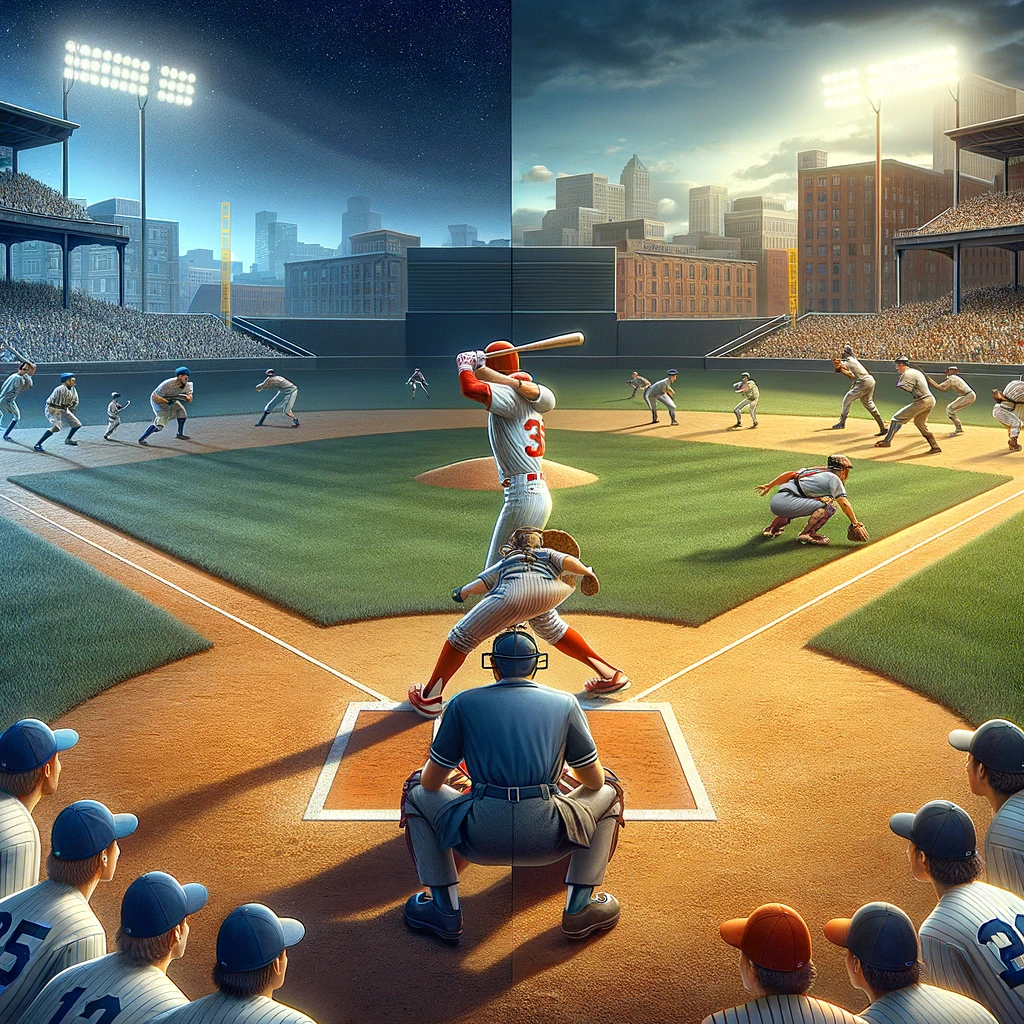Baseball, America’s beloved pastime, has undergone numerous changes since its inception in the 19th century. The sport’s evolution is marked by significant rule alterations, impacting how the game is played and perceived. Among these changes, the introduction of the Designated Hitter (DH) rule stands out as one of the most controversial and impactful modifications in baseball history.
Early History of Baseball
To understand the DH rule’s significance, one must first grasp the traditional rules of baseball. In its early form, baseball required all nine players to bat and play the field. This all-encompassing approach was a testament to the game’s emphasis on versatility and well-rounded athleticism.
The Birth of the Designated Hitter
The concept of the Designated Hitter emerged in the early 20th century but didn’t gain serious traction until the 1960s. This period saw a notable decline in offensive production, prompting league officials to consider ways to increase scoring and fan engagement. The DH rule, initially proposed by Connie Mack, sought to address this by allowing teams to designate a player to bat in place of the pitcher, traditionally the weakest hitter.
Implementation and Initial Response
The American League adopted the DH rule in 1973, marking a stark divergence in gameplay between the National and American Leagues. This implementation was met with mixed reactions. Traditionalists argued that the DH undermined the purity of the game, while proponents contended it added strategic depth and excitement.
Impact on Strategy and Gameplay
The DH rule fundamentally altered baseball strategy. American League teams, with the DH, could maintain a stronger offensive lineup, changing the dynamic of pitching and defensive strategies. This shift led to higher scoring games, arguably making the sport more appealing to a wider audience.
Statistical Implications
From a statistical perspective, the DH rule created a new breed of players. Designated hitters, often power hitters past their defensive prime, found a place in the lineup. This role extended careers and reshaped record books, with DH-exclusive players like Edgar Martinez achieving remarkable career statistics.

Controversy and Debate
The DH rule’s impact transcended the field, igniting debates among fans, players, and officials. The split between the American and National Leagues on this rule led to a unique dichotomy in Major League Baseball (MLB). While some celebrated the increased offense and extended player careers, others lamented the loss of traditional strategic elements such as the double switch and pitcher batting.
The Purist Perspective
Baseball purists argue that the DH rule detracts from the sport’s essence, where players should excel both offensively and defensively. They claim that removing the pitcher from batting responsibilities dilutes the game’s strategic complexity and homogenizes player skill sets.
The Modernist Viewpoint
Conversely, modernists advocate for the DH rule, highlighting its role in revitalizing the sport during offensive lulls. They point to the excitement of high-scoring games and the opportunity to showcase specialized talents, arguing that these factors enhance the spectator experience.
Evolution and Future of the DH Rule
Over the years, the DH rule has seen gradual acceptance, even among traditionalists. The debate has evolved from outright opposition to discussions on potential modifications and adaptations.
Integration in International and Minor Leagues
Internationally, the DH rule has been widely adopted in various forms, indicating its global impact on the sport. In minor leagues and college baseball, the rule’s implementation has helped nurture offensive talents and prepare players for potential careers in the American League.
Prospects of Universal Adoption
The question of universal adoption of the DH rule in MLB remains a hot topic. Some argue for consistency across leagues, while others advocate for maintaining the distinct strategic differences. The future of the DH rule, whether it leans towards universal adoption or continues as a unique characteristic of the American League, remains one of the intriguing uncertainties in baseball’s evolution.
The Designated Hitter rule, since its inception, has significantly influenced the landscape of baseball. Its impact on strategy, gameplay, and the cultural fabric of the sport is undeniable. As baseball continues to evolve, the DH rule stands as a testament to the game’s dynamic nature, reflecting the constant balancing act between tradition and innovation in sports.
